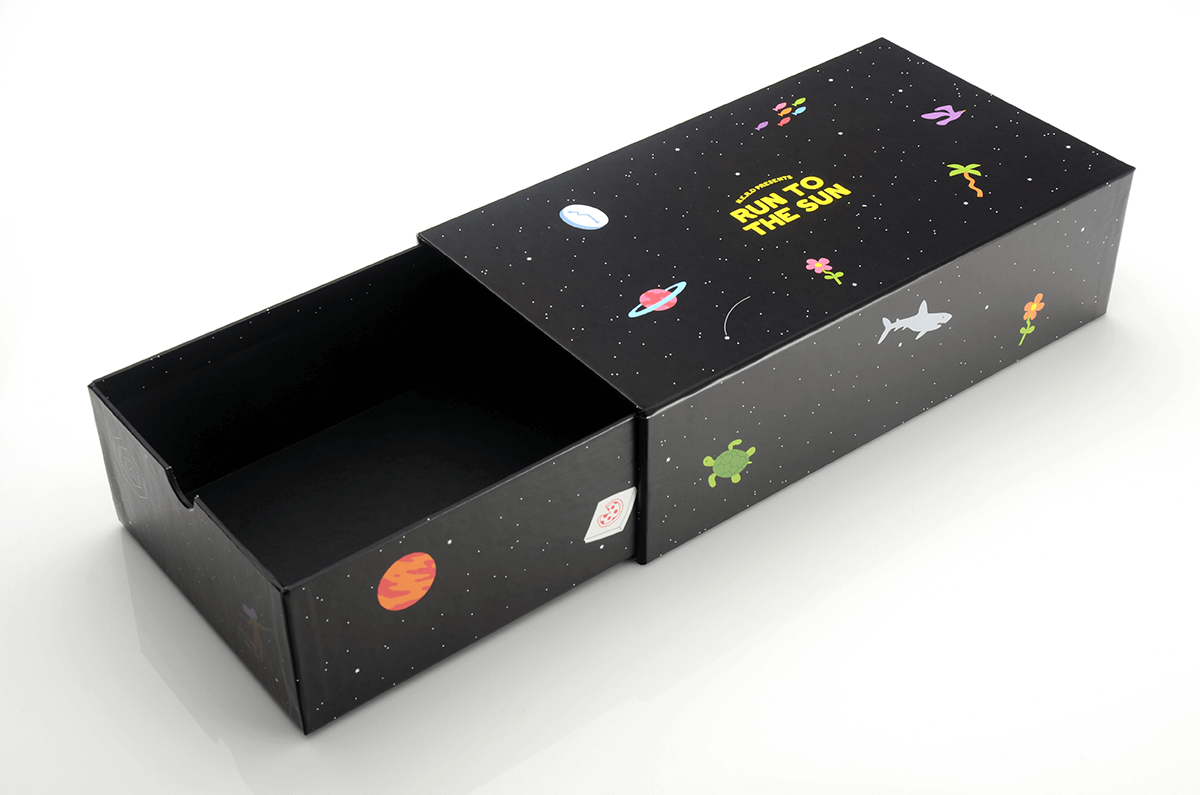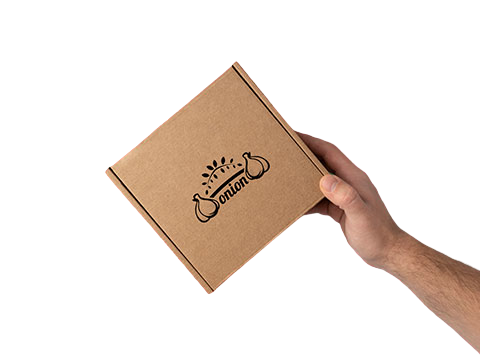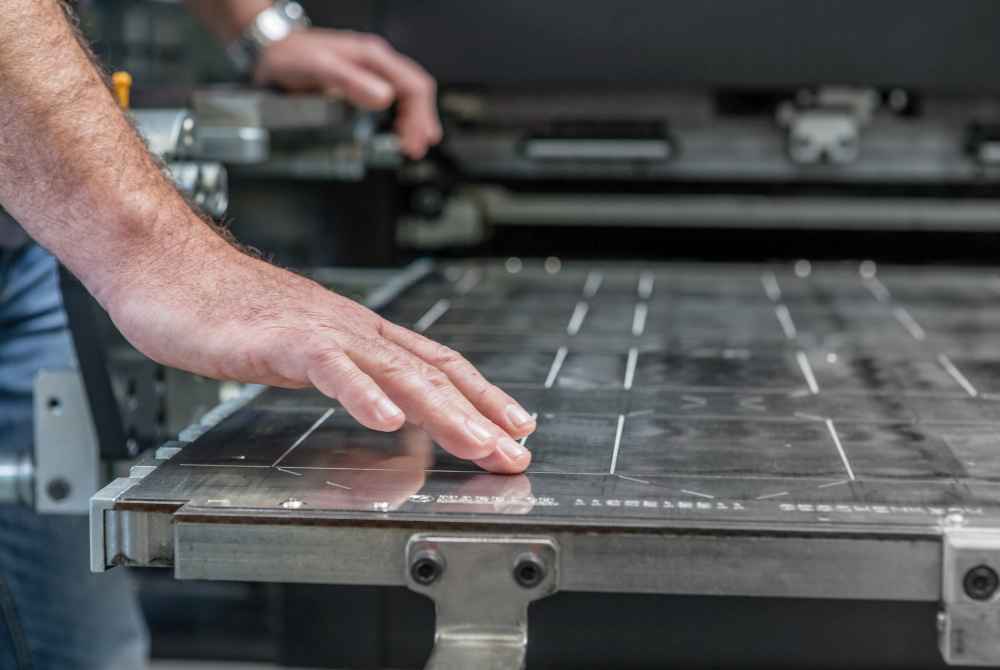What is a Dieline?
A decline is a template used in packaging and printing to ensure the design of a physical package has the correct layout before it goes into production. Dielines are flat diagrams with markings showing where the package's fold and cut lines will be located. Packaging designers typically create them.
Dieline Types
Dielines consist of three types:
-
Perforation lines with dots
-
Mark lines with a knife
-
Lines should be folded
Dielines guide the machine in making the right cuts and perforations so your packaging can be folded when printed. To distinguish the perforation lines from the cutting lines, the printer receives separate "chunks" of information. The printer can then identify what needs trimming and what needs folding during die cutting.
Safety lines and bleed lines are also used. This ensures artwork does not exceed or "bleed" beyond the fold or cut line. As a result, these specific processes don't occur simultaneously—in one stage, the printer performs the perforation process, and in another, the cutting process.
Dieline and dielines are variations of the phrase dieline and dielines (i.e., "die line" and "die lines").
Making a Dieline
If you have an idea for a unique type of packaging, you may wonder how to create your own deadlines. It's a challenge for the uninitiated, but you can start by looking for a box or package that resembles the one you want. The tabs should be unfolded, flattened, and measured. Making your own deadlines begins with taking measurements.
If you want your final packaging to look like something specific, you should send an example to the printing company. The various markings on the flattened packaging can be seen on the flattened packaging. Are you looking for a custom die line? For free, we'll send you a custom-made dieline when you complete our dieline request form.
How is the Dieline Created?
Packaging designers usually create die lines, which can be created using a die cutter or a printer. Boxes are just one type of packaging that uses sidelines. Dielines allow cutting and folding to make various products, from simple folders to complex packaging.
The next step is to design based on your measurements. Illustrator is a popular graphic design software used by printer deadlines, but several other tools work just as well and are powerful in their own right. If you have prior experience, you can use a specific graphic design tool.
Is your deadline custom? If so, send us a divine request form, and we'll send you a free one.
How to Create Die Lines in Adobe Illustrator
No matter what design software you've used to create the artwork, there are a few steps you'll need to follow to set up your deadlines correctly in Adobe Illustrator.
InDesign users can save their artwork as a flattened PDF file, which Illustrator can open.
The next step is to set the document color mode to CMYK. Go to File> Document > Color Mode > CMYK
When the Window of color swatches appears, you can create a spot color swatch. Swatch Libraries > Color Books > Pantone+Solid Coated can be accessed through Window> Swatch Libraries. You can add colors to the swatches by scrolling down, clicking on them, and renaming them to Full Cut or Fold, depending on their use.
Dielines Can't Be Created With Adobe Photoshop
The finished work must be vector art, so other graphic design software like Adobe Photoshop cannot be used. Vector art is a collection of mathematical calculations and numbers that Computers and printers can easily understand. The quality of vector images is unaffected by resizing. You could make a pattern for a building-sized box that will look just as sharp and crisp. Print them on paper.
As you create your deadlines, remember that specifications are paramount. You must know the exact size when making the File in Illustrator or InDesign. You should also print a hard copy, especially if this is your first time creating dielines. As a result, the production team will catch any errors in the design before the design goes into production.
Dielines also Show What Else?
Dielines indicate where logos, graphics, or text will appear on the finished product, as well as perforation, cutting, and folding marks. Unfolding an empty cereal box flat on a table will show you how deadlines work. In the box, the markings indicate how it should be folded together, the tabs show where the box should be folded to be glued, and the top tabs show how the product should be kept fresh.
Dielines can be thought of as a "template" for your packaging, but they serve two purposes. They allow you to lay out the various elements of your packaging in a way that clarifies what goes where and how they complement one another. You can see, for instance, how the document process is broken down into individual "pieces." for example, if adding more or less text or having the logo near certain graphics is too overwhelming.
Apart from providing an aesthetic outline, dielines also assist printers in avoiding manufacturing problems by providing a blueprint.
Steps to Follow
As you can see, deadlines are essential to the packaging process. With deadlines, packages would look uniform and attractive. Additionally, having a team that understands packaging, marketing, design, and printing can be invaluable.
The more eyes you have on your deadlines, the more likely you are to spot any errors or correct them before you get too far into the process and discover that you have to start over!
Do You Need Help Making Your Deadline?
Learn packaging terminology by reading our packaging definitions and glossary as you create custom boxes.
It's easy to feel overwhelmed when looking at something like deadlines. You can understand how they're laid out, try to create them yourself, or just put your imagination to paper (or printer).
If you fill out our dieline request form, we will send you a free custom dieline.
Our team has the experience and expertise to take your idea from concept to completion using the latest packaging and printing technology to ensure flawless results.







